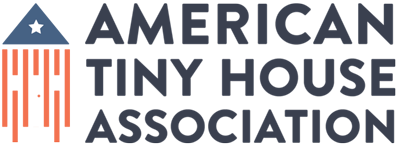Starting A Local Chapter
Not enough places to live tiny where you want to be?
ATHA can help you change that.
Why Form an ATHA Chapter?
Tiny house living should be legal and easily available. And right now it’s not. This is a source of difficulty and frustration for existing and potential tiny house dwellers and lost financial opportunity for businesses ready to serve them.
If you live tiny now, or hope to one day, working to change the rules where you want to live is one of the best investments you can make in your future.
ATHA members across the country are helping craft the tiny friendly ordinances that your community needs too. Instead of reinventing the wheel, help support their work. Then put their experiences—both good and bad—to work helping right-size housing policies where you want to live
Let’s be honest. Changing the rules is hard. It takes time. But it will go better with your help, and may not happen without it.
What an ATHA Local Chapter Does:
- Understands, documents and reports the current status of tiny house related codes as well as any changes;
- Organizes a coalition (nonprofits, service organizations, business owners, etc.) around incorporating tiny house living into housing policy and practice in their area;
- Develops positive long-term relationships with local public policy-makers and staff;
- Provides training to tiny house advocates and other potential supporters;
- Provides funding to bring in experts to help shape local public policy implementation.
How To Form A Chapter:
Step 1: Local Chapter Leader Becomes an ATHA member;
Step 2: Submit the Local Chapter Agreement 2018 form to ATHA: director@americantinyhouseassociation.org;
Step 3: Recruit at least 10 Paid Members;
Step 4: Create/partner with Tiny House Enthusiast social media page(s) in your area;
Step 5: Schedule a Launch Event;
Step 6: Schedule first advocate training;
Step 7: Form a Coordinating Committee: A volunteer advisory committee that coordinates outreach to local public policy makers and staff, develops a local implementation agenda, decides which trainings to offer locally, and schedules events;
Step 8: Connect with Local Staff or Elected Officials: Help identify tiny-friendly contacts in each county and city within your service area;
Step 9: Bring In the Experts: As you find communities that are ready to look at code changes, engage ATHA’s State Chapter Leaders to help make your case and provide suggestions on code language.
Thanks for being a part of creating tiny friendly change!
Tell Me – What is it you plan to do with your one wild and precious life?
– Mary Oliver
